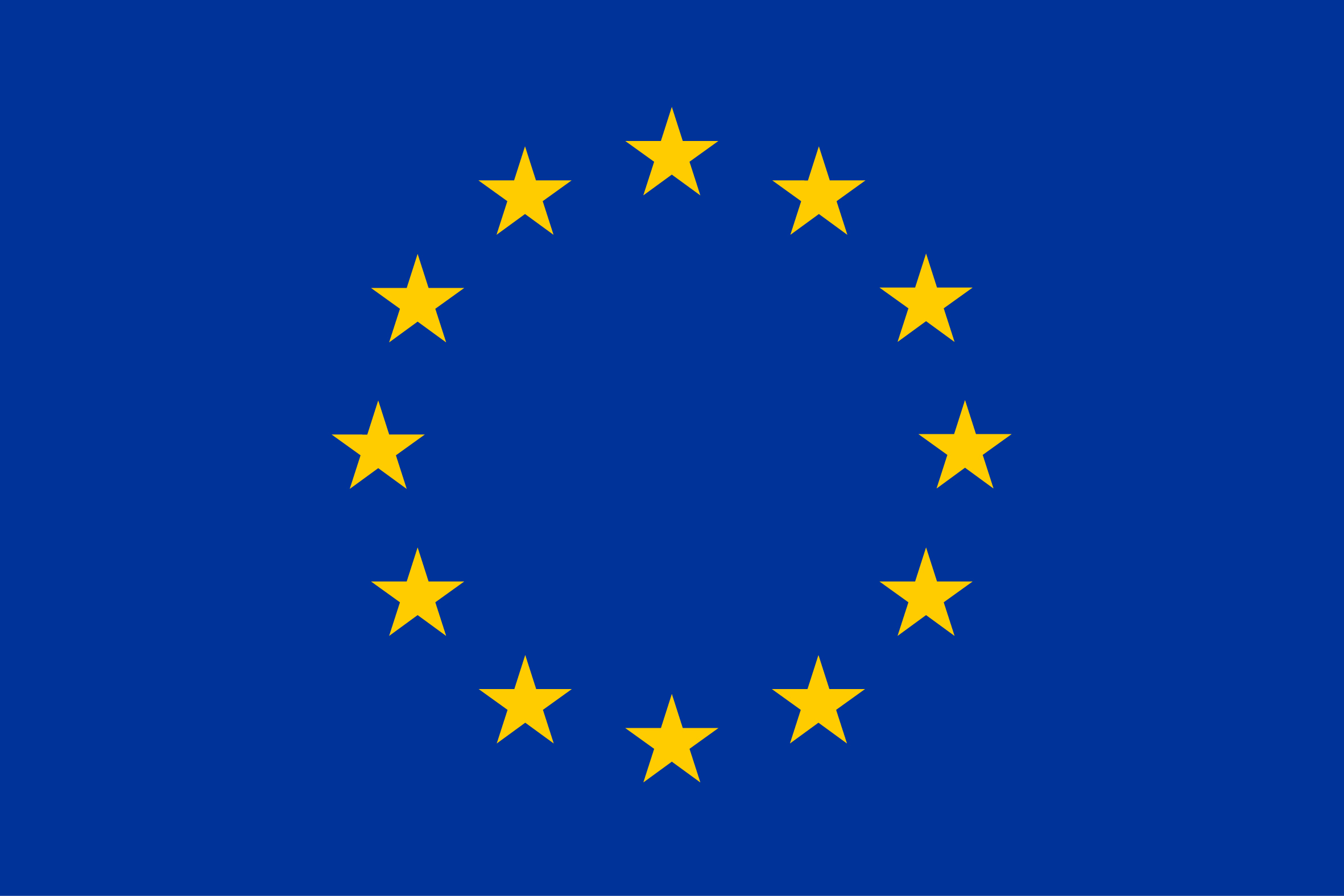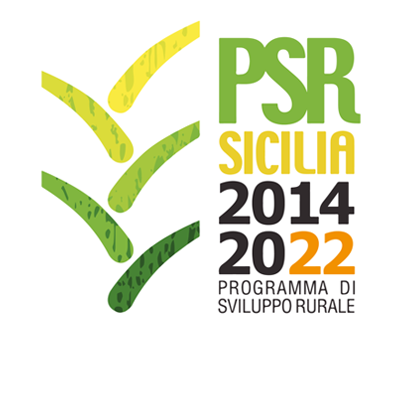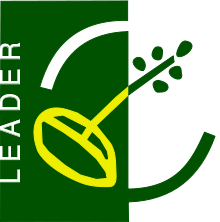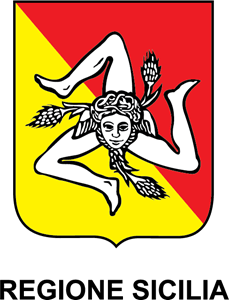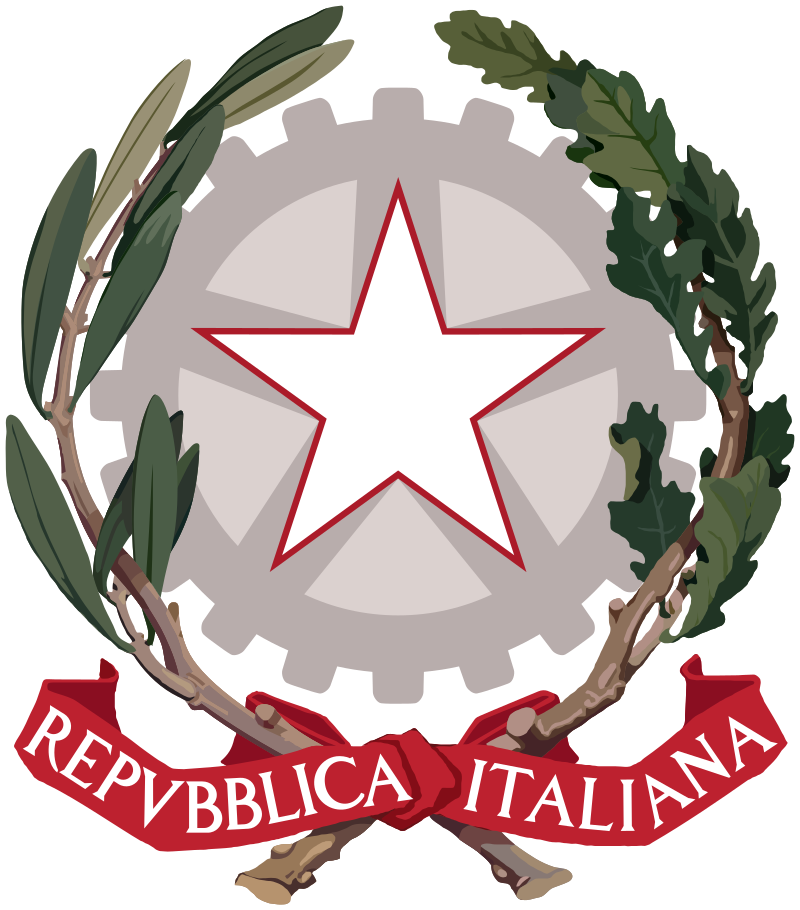Kosta
Country
Specie
ISO3
IDN
Language
indon.
Description
crossbreeding Kacang goat with goat one clump of imports (Khasmir / Angora / Etawah)
Other name
Kosta
Breed classification (adaptedness)
Locally adapted
Breed classification (geographic)
Local
Color comments
multi coloured: dominantly dark brown to black with some white
Number of horns males
2
Number of horns females
2
Horn shape size and comments
small, short horns
Wither height males
60
Wither height females
55
Weight males
40.00
Weight females
25.00
Other specific visible traits
Kosta goats are generally bigger than Kacang.
Herdbook
y
Domestication status
domestic
Taxonomic classification
Breed
Description of origin
Kosta has probably been developed from Kacang and Kasmir (Cashmere) goats. Cashmere goats were imported from 1908 to 1927.
Year of origin
1908
Location within country
Mainly in districts of Pandeglang, Serang and Tangerang, province of Banten
Local cryo conservation status
No Material
Local Risk
Unknown
Detailed local risk status
Unknown
Kejobong
Country
Specie
ISO3
IDN
Language
Indonesia
Description
Following the name of forming this local goat breed.
Breed classification (adaptedness)
Locally adapted
Breed classification (geographic)
Local
Additional information
Mature age 5 – 7 months First calving age 18 – 22 months Pregnancy length 149 – 155 days Litter size 2 – 3 heads Kidding intervals 3 times within 2 years, High adaptation to local environment.
Additional information comments
Used as meat type
Adaptability to specific environment
Adapted to high altitude
Specific resistance or tolerance
The goats are susceptible to scabies
Specific reproductive characteristic
The reproductive ability of this breed is good
Special characteristic of product
The Kejobong goat-meat in preferably used for special food in Banjarnegara
Color comments
Bold black, black with white stripped, white with black stripped, combination of brown-white-black stripped
Number of horns males
0
Number of horns females
0
Horn shape size and comments
Male with horn oriented to the backside and curved outside (54,90%). Female with horn straight toward to backside.
Wither height males
79.8
Weight males
41.14
Weight females
37.64
Other specific visible traits
Having spesific appearance on hair colour dominated by black colour
Herdbook
n
Description of origin
Crossing Etawa and/ or Benggala with Kacang goat and adapted for long generations in Purbalingga district.
Year of origin
1900
Import
Benggala goat could be imported during < year 1945
Location within country
Existing in 18 sub-districts of Purbalingga district of Central Java Province
Local cryo conservation status
No Material
Local Risk
Not at Risk
Detailed local risk status
Not at Risk
Kashmir
Country
Specie
ISO3
IDN
Language
indon.
Transboundary name
Cashmere
Other name
Cashmere
Breed classification (adaptedness)
Locally adapted
Breed classification (geographic)
International
Adaptability to specific environment
well adapted in cold environments
Color comments
uni colour: white, brown, black
Number of horns males
0
Number of horns females
0
Wither height males
65.59
Wither height females
54.82
Weight males
40.68
Weight females
20.10
Domestication status
domestic
Taxonomic classification
Breed
Location within country
Java
Local cryo conservation status
No Material
Local Risk
Unknown
Detailed local risk status
Unknown
International Transboundary Risk detailed
Critical
Kaligesing
Country
Specie
ISO3
IDN
Language
Indonesia
Description
bred by villagers Donorejo, Kaligesing district, Kab Purworejo
Other name
PE Kaligesing
Breed classification (adaptedness)
Locally adapted
Breed classification (geographic)
Local
Additional information
Adapted to heat stress, able to convert low quality feed
Additional information comments
Good adaptation to various management differences
Adaptability to specific environment
This breed is a type of etawah crossbred kept at special sub district of Kaligesing and used for milk production
Specific resistance or tolerance
Ressistance to bloat
Specific reproductive characteristic
Breed is classified as less prolific compared to Kacang goats
Color comments
coat colors combination of black and white or white chocolate
Number of horns males
2
Number of horns females
2
Horn shape size and comments
the horn is small
Other specific visible traits
great posture straight and sturdy. the ear width, length, hanging and fold the ends. hind legs long and hairy
Herdbook
n
Description of origin
Introduced to Indonesia from India around 1900
Import
From India
Location within country
Central Java, West Java, West Sumatera, Lampung.
Local cryo conservation status
No Material
Local Risk
Unknown
Detailed local risk status
Unknown
Gembrong
Country
Specie
ISO3
IDN
Language
Indonesia
Description
Gembrong has the meaning that the goat has long hairs all over the body and close up to the face.
Breed classification (adaptedness)
Native
Breed classification (geographic)
Local
Additional information
Slow reproduction rate
Additional information comments
Small size breed
Adaptability to specific environment
The breed is well adapted to lowland or sea shore villages.
Specific resistance or tolerance
This breed is susceptive to bloat.
Specific reproductive characteristic
This breed is low reproduction rate
Special characteristic of product
The hair is shaved every 6-8 months to be used as fishing lures for Tuna fishing.
Other special qualities
Hair is not used for fishing anymore
Color comments
uni coloured: white
Number of horns males
2
Number of horns females
0
Horn shape size and comments
small V-shaped horns
Wither height males
70
Wither height females
65
Weight males
45.00
Weight females
38.00
Other specific visible traits
bigger in size than Kacang, chubby face, long (20-22 cm) hairy wool of Angora or Cashmere type. The whole body is covered with long hair except the nose, ears and feet. Both male and female have beards. The neck is thin and short and they have small ears.
Herdbook
n
Description of origin
This local goat breed is expectedly as a native goat breed from Karangasem District, Bali Island.
Import
The breed may come from crossing betwee Angora and local goats
Location within country
Eastern part of Bali Island, especially in the villages of Bug-bug, Seraya, Culik, and Kubu in Karangasem District.
Local cryo conservation status
Sufficient
Local Risk
At Risk
Detailed local risk status
Critical Maintained
Etawah
Country
Specie
ISO3
IDN
Language
Indonesia
Other name
Etawah
Breed classification (adaptedness)
Exotic
Breed classification (geographic)
Local
Number of horns males
0
Number of horns females
0
Weight males
90.00
Weight females
60.00
Other specific visible traits
Big size, long ears and legs.
Domestication status
domestic
Taxonomic classification
Breed
Description of origin
imported from India
Location within country
Central-Java and also on Madura island; Sumbawa island; and Sumatera island in Padang Mangatas.
Local cryo conservation status
No Material
Local Risk
Unknown
Detailed local risk status
Unknown
Boerka Galaksi Agribak
Country
Specie
ISO3
IDN
Language
English
Breed classification (adaptedness)
Locally adapted
Breed classification (geographic)
Local
Adaptability to specific environment
resistant to a variety of conditions, and able to adapt to a wide variety of local natural environment
Specific resistance or tolerance
resistance to gastrointestinal parasite infection
Specific reproductive characteristic
the highly prolific
Color comments
generally have a single coat color of white, black, brown, or a combination of all three
Wither height males
65.3
Wither height females
61
Weight males
23.85
Weight females
21.80
Other specific visible traits
convex face profile with wide nose, oval-shaped body, well-built, straight back line, medium ear size, wide and drooping; male and horned with medium sized and backward arched
Description of origin
the performance of boer goats (50%) and kacang goats (50%) were relatively the same for 6 generations
Local cryo conservation status
No Material
Local Risk
At Risk
Detailed local risk status
Endangered maintained
Boer
Country
Specie
ISO3
IDN
Language
English
Description
Boer is described into 2 type which is standard Boer and red Boer. Standard Boer typically have a white hair with brown head, but red Boer have brown reddish colour hair.
Transboundary name
Boer
Breed classification (adaptedness)
Locally adapted
Breed classification (geographic)
International
Adaptability to specific environment
This breed is known for its heat tolerance
Specific resistance or tolerance
This breed is susceptive to scabies and bloat
Specific reproductive characteristic
The percentage of births of male and female is 53,60% and 43,40%. Kidding interval is 8-10 month, and creep mortalitas is 3%.
Special characteristic of product
The breed is known for its excellent in meat production
Color comments
Boer : the hair of standard Boer colour is white with brown head, and the hair of Red Boer colour is reddish
Number of horns males
2
Number of horns females
2
Horn shape size and comments
The shape of the horns is round, solid, curved back
Wither height males
67.25
Wither height females
49.39
Weight males
64.50
Weight females
48.75
Other specific visible traits
massive body
Herdbook
n
Description of origin
males, semen and embryos imported from Australia and New South Wales
Year of origin
1997
Import
2000, Australia
Location within country
North Sumatra, Lampung & East Java
Local cryo conservation status
Sufficient
Local Risk
At Risk
Detailed local risk status
Critical Maintained
International Transboundary Risk detailed
Not at Risk
Bligon
Country
Specie
ISO3
IDN
Language
Indon
Breed classification (adaptedness)
Exotic
Breed classification (geographic)
Local
Domestication status
domestic
Taxonomic classification
Breed
Description of origin
expected result of goat crosses PE with Kacang
Local cryo conservation status
No Material
Local Risk
Unknown
Detailed local risk status
Unknown
Angora
Country
Specie
ISO3
IDN
Language
eng.
Transboundary name
Angora
Breed classification (adaptedness)
Exotic
Breed classification (geographic)
International
Number of horns males
0
Number of horns females
0
Domestication status
domestic
Taxonomic classification
Breed
Location within country
Java
Local cryo conservation status
No Material
Local Risk
Unknown
Detailed local risk status
Unknown
International Transboundary Risk detailed
Not at Risk
